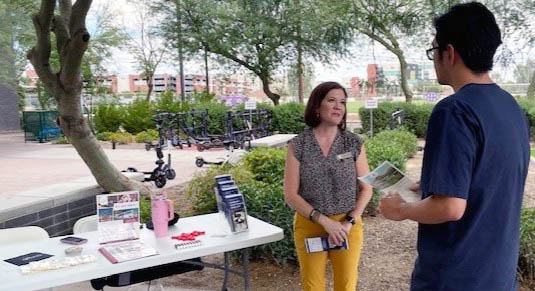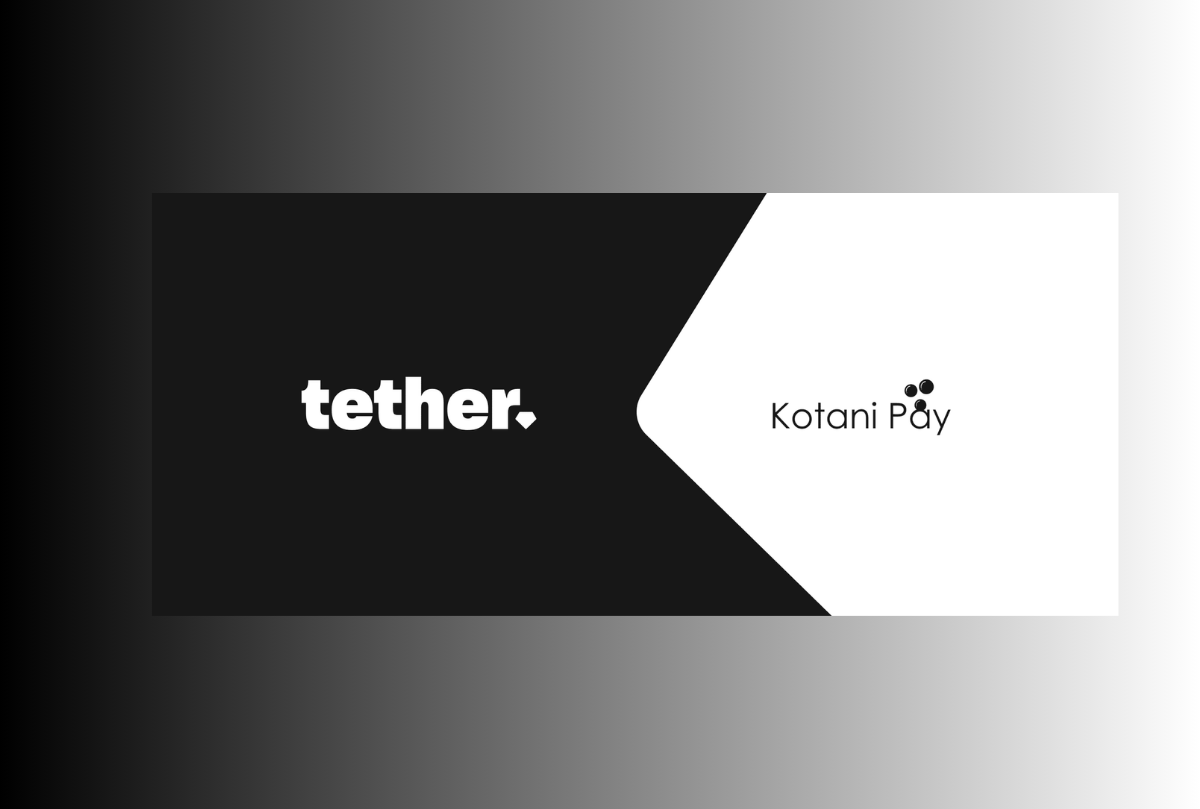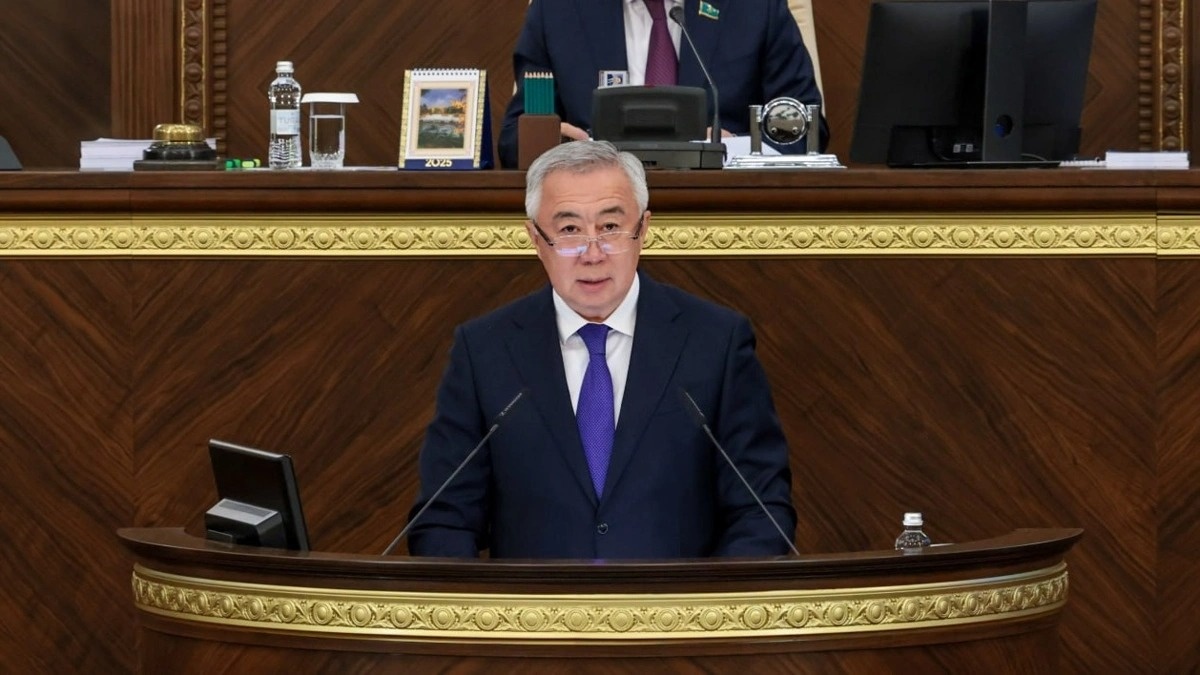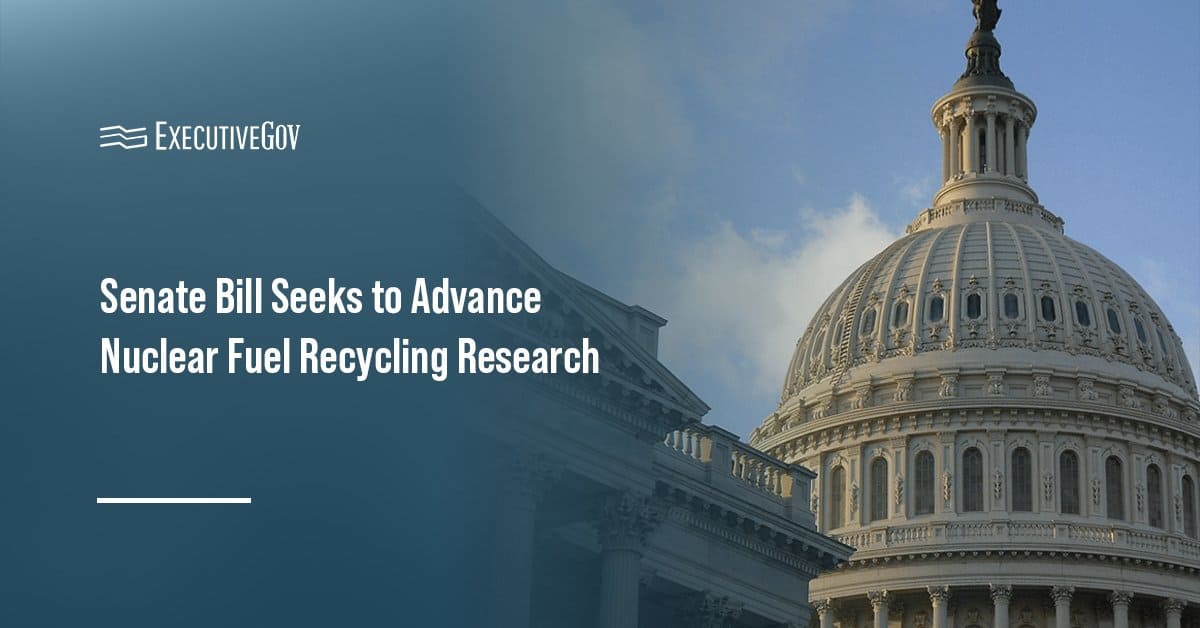Report on the Grand Canyon University Hospitality Career Fair: Aligning with Sustainable Development Goals
A recent Sports and Business Hospitality Fair hosted by Grand Canyon University’s (GCU) Colangelo College of Business served as a critical platform for connecting students with leading employers in the hospitality sector. This initiative directly supports several United Nations Sustainable Development Goals (SDGs), primarily focusing on providing decent work, quality education, and fostering strategic partnerships.
SDG 8: Decent Work and Economic Growth
The career fair was strategically timed to coincide with the start of the peak tourism season, addressing the industry’s immediate labor needs and promoting sustained, inclusive economic growth. The event provided students with direct access to full and productive employment and decent work opportunities.
- High Labor Demand: Dr. Jennifer Elfenbein, Hospitality Management Chair, noted that employers are “desperately” seeking workers to meet the demands of the busy season, creating an ideal environment for students to secure employment.
- Diverse Job Opportunities: A wide range of full- and part-time positions were available, from front desk agents and cooks to accounting analysts, as exemplified by openings at the Arizona Biltmore.
- Career Development Programs: Major hotel chains presented structured pathways for long-term career growth, contributing to the goal of decent work.
- The Fairmont Scottsdale Princess offers a manager-in-training program designed to prepare graduates for management roles by rotating them through various departments.
- Marriott International highlighted its Voyage program for students aspiring to management positions and emphasized opportunities for internal growth and property transfers.
SDG 4: Quality Education
The event served as a vital component of quality education by bridging the gap between academic theory and practical, real-world application. It provided students with invaluable industry insights and networking opportunities that enhance their formal learning.
- Practical Application: Junior business administration major Anna Fernandez stated the fair “facilitates your opportunities to put yourself out there” and provides a “better understanding of what you’re getting into,” thereby enriching the educational experience.
- Experiential Learning: Freshman Mohamed Abdelrahman expressed a strong interest in gaining “experience… from real life,” a need directly met by the fair’s format of direct engagement with industry professionals.
- Informed Career Choices: By interacting with representatives from diverse hotel chains, students could better align their skills and interests with potential career paths, ensuring their education is relevant to industry demands.
SDG 17: Partnerships for the Goals
The success of the hospitality fair is a clear demonstration of an effective partnership between an academic institution and the private sector. This collaboration is essential for building a skilled workforce and achieving shared economic and social objectives.
- University-Industry Collaboration: The event, organized by Dr. Elfenbein and the Colangelo College of Business, brought together prominent employers such as Marriott International, Hyatt, Four Seasons, and the Fairmont Scottsdale Princess.
- Building Professional Networks: Dr. Elfenbein emphasized the importance of in-person connections, noting that when recruiters “meet a person, in person, they get a true feel of who that person is,” which is a more effective connection than a resume alone. This fosters long-term professional relationships that benefit both students and the industry.
- Strengthening the Talent Pipeline: The fair provides a structured forum for employers to meet emerging talent, creating a sustainable pipeline of skilled professionals for the hospitality industry and reinforcing the local economy.
Analysis of Sustainable Development Goals in the Article
1. Which SDGs are addressed or connected to the issues highlighted in the article?
The article highlights issues related to education, employment, economic growth, and partnerships, which directly connect to the following Sustainable Development Goals (SDGs):
- SDG 4: Quality Education: The article is centered around Grand Canyon University (GCU), an educational institution, and its efforts to prepare students for the workforce. It discusses the university’s hospitality degree program and the role of the Colangelo College of Business (CCOB) in “finding jobs and getting connected.” This aligns with SDG 4’s aim to ensure inclusive and equitable quality education and promote lifelong learning opportunities for all.
- SDG 8: Decent Work and Economic Growth: The core theme of the article is the creation of employment opportunities for students in the hospitality and tourism industry. It details a job fair where employers are “desperately need[ing] workers” and offering “full- and part-time jobs.” This directly relates to SDG 8, which promotes sustained, inclusive, and sustainable economic growth, full and productive employment, and decent work for all.
- SDG 17: Partnerships for the Goals: The Sports and Business Hospitality Fair described in the article is a clear example of a partnership between an academic institution (GCU) and the private sector (hotel chains like Marriott, Hyatt, and Four Seasons). This collaboration is designed to achieve the mutual goals of providing a skilled workforce for the industry and securing employment for students, which embodies the spirit of SDG 17.
2. What specific targets under those SDGs can be identified based on the article’s content?
Based on the article’s content, the following specific SDG targets can be identified:
- Target 4.4 (under SDG 4): By 2030, substantially increase the number of youth and adults who have relevant skills, including technical and vocational skills, for employment, decent jobs and entrepreneurship.
- The article demonstrates this target through GCU’s actions. The university offers a “hospitality degree” and is taking “steps toward adding tourism” to it, providing students with relevant vocational skills. Furthermore, companies like Fairmont offer a “manager-in-training program” and Marriott has a “Voyage program for students who are interested in management,” which build specific skills for employment and career advancement.
- Target 8.5 (under SDG 8): By 2030, achieve full and productive employment and decent work for all women and men, including for young people…
- The job fair directly addresses this target by connecting young people (university students) with employers offering “full- and part-time jobs.” The article highlights opportunities for career growth, such as the potential to “transfer to another hotel property” or move into management, which are components of decent work.
- Target 8.6 (under SDG 8): By 2020, substantially reduce the proportion of youth not in employment, education or training.
- Although the target year has passed, the initiative described in the article actively works towards this goal. By facilitating connections between students and employers before graduation, the university helps reduce the likelihood of students becoming unemployed after completing their education. The fair provides a direct pathway from education into employment.
- Target 8.9 (under SDG 8): By 2030, devise and implement policies to promote sustainable tourism that creates jobs…
- The article focuses on job creation within the tourism sector, noting that the fair coincides with the “start of the peak tourism season in the Valley.” The high demand for workers (“employers desperately need workers because they’re ramping up”) shows that the event supports job creation in the local tourism industry.
- Target 17.17 (under SDG 17): Encourage and promote effective public, public-private and civil society partnerships…
- The hospitality fair is a direct manifestation of this target. It is a partnership between a private university (GCU) and private sector companies (“Marriott International, Hyatt and Four Seasons, as well as Valley institutions, such as the Fairmont Scottsdale Princess and the Biltmore”). This collaboration leverages the resources of both parties to connect students with job opportunities.
3. Are there any indicators mentioned or implied in the article that can be used to measure progress towards the identified targets?
The article, being a news story rather than a formal report, implies several qualitative and quantitative indicators that could be used to measure progress:
- Indicator for Target 4.4: The existence and expansion of relevant educational programs. The article mentions GCU’s “hospitality degree” and its plan to add “tourism to its hospitality degree.” The number of students enrolled in these programs and the number of graduates who complete specialized training like the “manager-in-training program” could serve as metrics.
- Indicator for Targets 8.5 and 8.6: The number of employment opportunities created and filled. The article explicitly states that “The Arizona Biltmore posted openings for 28 full- and part-time jobs.” The total number of jobs and internships offered by all participating companies (Marriott, Hyatt, Four Seasons, etc.) at the fair would be a direct indicator. The number of students, like Nadia Perez and Anna Fernandez, who successfully secure employment through the fair would measure the outcome.
- Indicator for Target 8.9: Job growth in the local tourism sector. The article implies this through statements like “This marks the start of the peak tourism season in the Valley” and “they’re ramping up.” Tracking the number of jobs filled during this peak season, particularly through university partnerships, would be an indicator of job creation in sustainable tourism.
- Indicator for Target 17.17: The scale and effectiveness of the partnership. The number of participating companies (“prominent hotel chains, such as Marriott International, Hyatt and Four Seasons”) and the number of students attending the fair are implicit indicators of the partnership’s scale. The successful placement of students into jobs would be a measure of its effectiveness.
4. SDGs, Targets, and Indicators Summary
| SDGs | Targets | Indicators Identified in the Article |
|---|---|---|
| SDG 4: Quality Education | 4.4: Increase the number of youth and adults with relevant skills for employment. | Existence of a “hospitality degree” at GCU; plans to add “tourism” to the curriculum; availability of a “manager-in-training program” at Fairmont and a “Voyage program” at Marriott. |
| SDG 8: Decent Work and Economic Growth | 8.5: Achieve full and productive employment and decent work for young people. | Availability of “full- and part-time jobs”; opportunities for career growth and transfers within hotel chains. |
| 8.6: Reduce the proportion of youth not in employment, education or training. | The job fair itself, which acts as a direct link between education and employment for students. | |
| 8.9: Promote sustainable tourism that creates jobs. | The high demand for workers (“employers desperately need workers”) timed with the “peak tourism season in the Valley.” The Arizona Biltmore posting “28 full- and part-time jobs.” | |
| SDG 17: Partnerships for the Goals | 17.17: Encourage and promote effective public-private partnerships. | The “Sports and Business Hospitality Fair” as a partnership between GCU and multiple hotel chains (Marriott, Hyatt, Four Seasons, Fairmont, Biltmore). |
Source: news.gcu.edu






